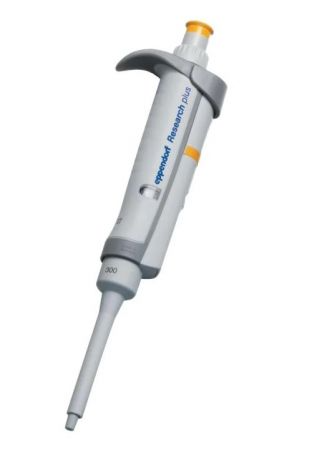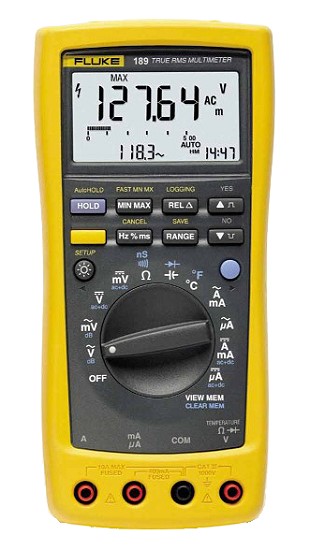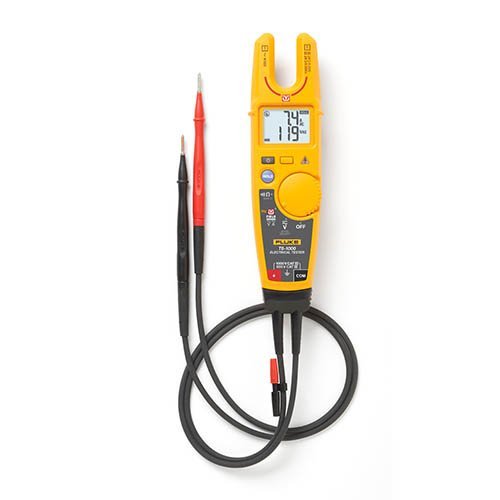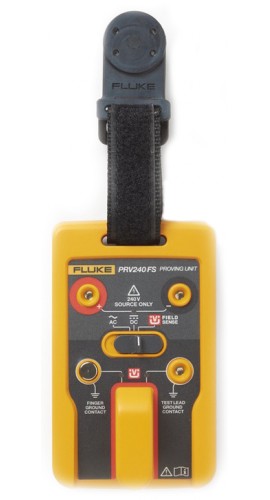Pipettes are essential tools for accurately measuring and transferring liquids in various scientific fields, including biology, chemistry, and medicine. The accuracy and precision of pipettes depend on various factors, such as the design of the pipette, the operator’s technique, and the calibration of the pipette. Pipette calibration is a critical process that ensures accurate and reliable measurement of liquid volumes. In this article, we will discuss the importance of pipette calibration and the consequences of using uncalibrated pipettes.
What is Pipette Calibration?
Pipette calibration is a process of verifying the accuracy of a pipette’s volume measurements. The calibration process involves comparing the actual volume dispensed by the pipette with the intended volume. Calibration can be done using either gravimetric or photometric methods. Gravimetric calibration involves measuring the weight of the liquid dispensed by the pipette, while photometric calibration uses a spectrophotometer to measure the absorbance of the liquid.
The Importance of Pipette Calibration
Pipette calibration is crucial in ensuring the accuracy and precision of liquid measurements. The following are some of the reasons why pipette calibration is important:
- Consistency and Reproducibility: Pipette calibration helps ensure that liquid measurements are consistent and reproducible over time. Calibrated pipettes provide consistent and accurate volume measurements, regardless of the operator or environmental conditions.
- Compliance with Standards: Accurate and reliable liquid measurements are essential in research and development, clinical diagnostics, and quality control. The use of uncalibrated pipettes can lead to inaccurate results, which can compromise compliance with regulatory standards and guidelines.
- Cost Savings: Calibration can identify pipettes that are out of specification, enabling repairs or replacements to be made before they cause measurement errors or costly rework.
- Quality Control: Pipette calibration is an essential part of laboratory quality control. Regular calibration of pipettes ensures that they are functioning correctly, and any deviations from the expected results can be identified and addressed.
- Operator Confidence: Pipette calibration increases the confidence of the operator in the accuracy of their measurements, reducing the chances of errors or discrepancies.
Consequences of Using Uncalibrated Pipettes
The use of uncalibrated pipettes can have several consequences, including:
- Inaccurate and unreliable liquid measurements, leading to erroneous results and experimental failure.
- Non-compliance with regulatory standards and guidelines, leading to legal and financial consequences.
- Wasted time, resources, and materials due to rework or repeated experiments.
- Reduced operator confidence, leading to errors or discrepancies in measurement
Conclusion
In summary, pipette calibration is a critical process that ensures the accuracy and precision of liquid measurements in scientific research and laboratory settings. Calibrated pipettes provide consistent and reliable results, complying with regulatory standards and guidelines, saving costs, and reducing errors and discrepancies. Using uncalibrated pipettes can have severe consequences, leading to inaccurate results, wasted resources, and legal and financial consequences. It is essential to perform regular pipette calibration to maintain accurate and reliable liquid measurements.




